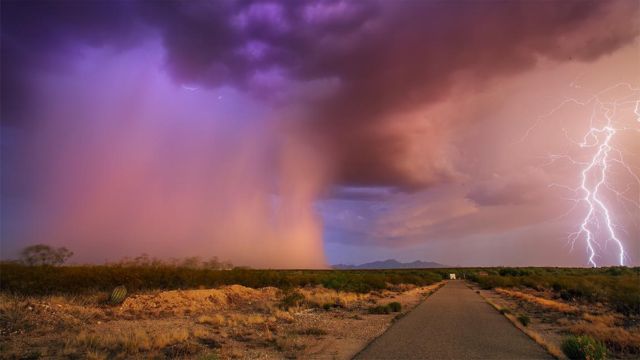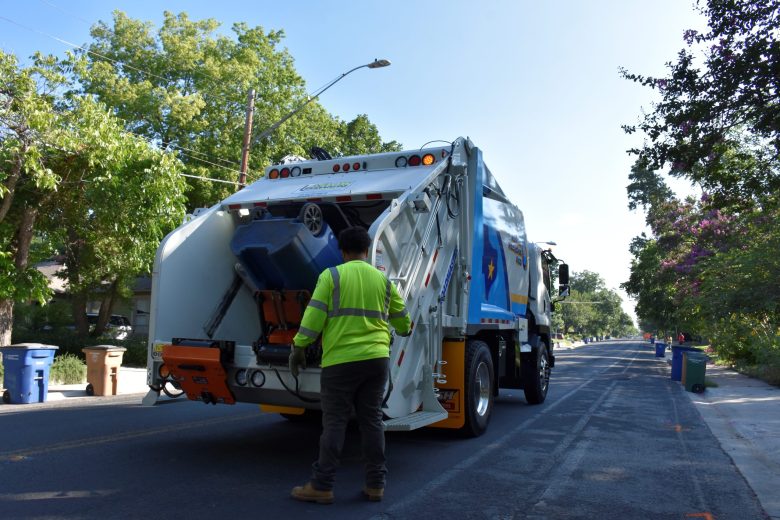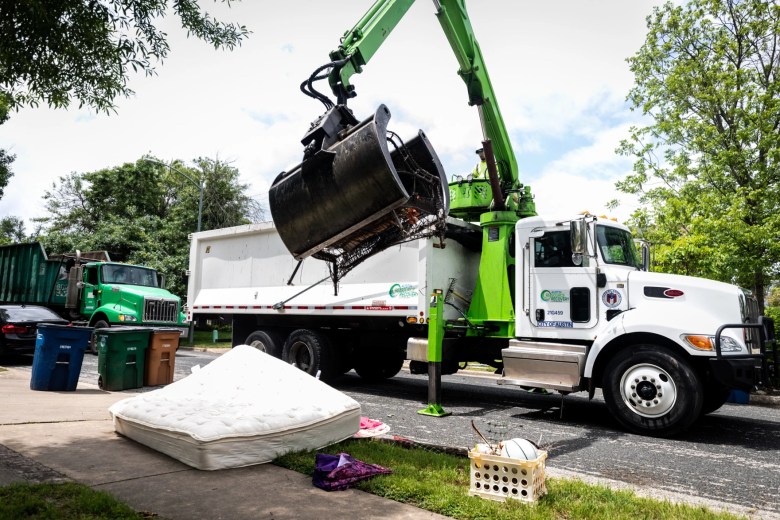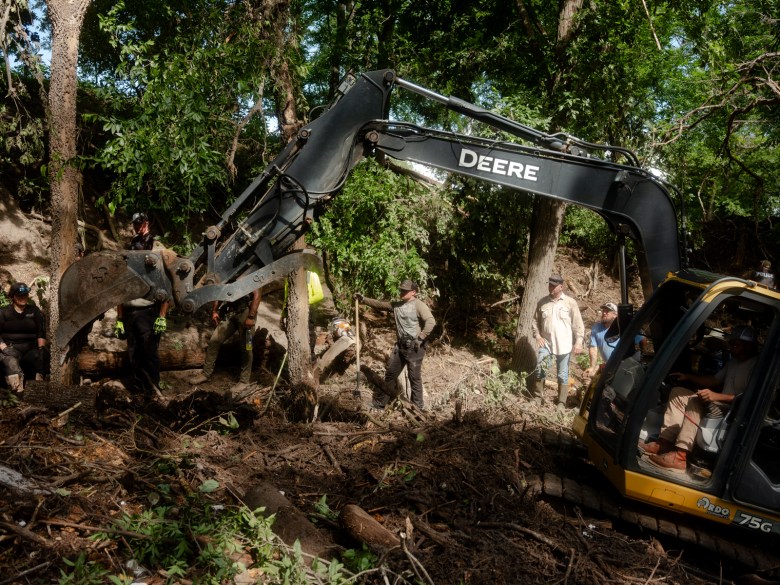The upcoming 2025 monsoon season is anticipated to exhibit greater dynamism compared to the previous year, influenced by changing global weather patterns. Shifts in important forecasting factors, such as the El Niño-Southern Oscillation (ENSO), could impact the anticipated results. This piece explores the elements that will shape forecasts for seasonal weather patterns.
The transition from a weak La Niña to an ENSO-neutral condition is expected to occur between April and May 2025. ENSO-neutral conditions generally do not have a major influence on monsoon moisture levels in the state, and they are anticipated to exert a minimal impact on the forthcoming monsoon season in Arizona.
During the spring months of April through June, the weather in the state generally becomes drier and hotter, particularly in southern Arizona. Looking ahead, the forecast for spring and early summer in 2025 indicates a trend towards hotter and drier conditions, surpassing the average expectations. Hotter temperatures are anticipated to establish the monsoon pattern and shift in winds from late June to the first week of July. This earlier setup is anticipated to deliver increased moisture compared to last year.
Recent modeling data shows a notable positive moisture anomaly in southern Arizona, with levels averaging to slightly above average. The Mogollon Rim, in particular, exhibits an even higher positive moisture content. Reports suggest that Arizona, particularly in the Mogollon Rim area, is likely to experience above-average rainfall during the upcoming monsoon season.
Heightened moisture levels could signal more intense monsoon thunderstorms, especially in northern Arizona. There is a possibility of increased severe weather events in the region, which may include localized flooding, hail, and strong gusts associated with convective activity this season.
The Arizona Weatherman anticipates a monsoon season that could be slightly above average or wetter than usual, with the most significant convective activity likely occurring on the Rim. This represents a preliminary evaluation. Should there be any updates to the data or other indicators, I will revise the forecast accordingly. Here’s to wishing for a more abundant monsoon season ahead. Wishing for favorable outcomes in all our endeavors.
According to The Arizona Weatherman, a highly experienced meteorologist with more than 25 years in aviation meteorology, including service with the United States Air Force, government contracting, and private practice, this forecast is provided. His background in training Special Operations Weather Technicians (SOWT) in weather techniques, along with his state certification as a STEM teacher, highlights his expertise in the field. His forecasts are reliable.








